You are in the forest, the birds are chirping and the sun's rays are dancing through the treetops. It could all be so beautiful - if your dog didn't pull like a brewery horse. There is no solution, miracle cure or simple trick to achieve relaxed leash walking.
Most often, a pulling dog is a symptom with various causes. In this article I would like to tell you how we learned how to walk my dog Benji on a leash.
Briefly about us
Benji is an 11-month-old Fox Red Labrador who moved in with us when he was 7.5 months old. He was originally supposed to become a therapy dog in Switzerland, which Corona - fortunately for us - prevented. He was initially not allowed to be exported and later was too old to start training. That also meant that when he came to us he couldn't really do anything. There were a few long weeks ahead with the pubescent teenage dog, which we had managed well so far.
Basic obedience is now in place and Benji is even allowed to accompany me on most of my photo shoots. He was “lucky” enough to end up with a wildlife photographer. Yes, after almost 4 months there are easily 1000 photos of him. No, there was no other way. 😉 At home we are a team of three: Benji, my partner Stefan and me, Janine, the animal photographer.
Who makes the decisions here? – The relationship is your basis for everything!

Our path to leash walking - start training today
Before we get into specifics about our rules for walking on a leash, I would like to point out that every dog is different. Our method worked great for Benji, but that doesn't mean it will work for Fiffi next door. It is always important not to ask the dog to do anything that has not been taught to him beforehand, as that would be unfair.
How do we teach the dog to walk relaxed on the dog leash ? This is sometimes very difficult for the dog: he can't just go to the next tree that smells so exciting. Your Wuffi should not happily greet or insult other dogs. He has to go along and give us the decisions.
This is the basis: being able to make decisions. If your dog makes all the decisions in everyday life, why should he make decisions while on a leash? When everything would be more exciting in these situations. Before we think about leash walking, the foundation should be laid in a good relationship with each other. Your dog must be able to trust you. His person guides him, takes decisions and responsibility and offers him security. If this is the case, establishing leash walking “just” means showing the dog what the rules are.

My training approaches for Benji
Clear rules, clear communication on a leash
For Benji, being on a leash means: The leash is attached to the collar. Benji is allowed to walk at shoulder height or behind the person. He is not allowed to stop and sniff on his own or run to other dogs. We humans make decisions on a collar - but fairly and politely. Clear communication and consistency are the two key words here.
We have no command for the leash. Your body language is important here: Do you walk ahead confidently and upright or do you constantly look at your dog and walk slouched and insecure? Your dog immediately notices how you move and whether you are serious. Dogs prefer to follow a person they trust to lead.

Set impulses instead of taking part in tug-of-war competitions - don't let your dog pull
We got him out of the habit of pulling by giving him an impulse and turning around before (!) the leash is taut. This impulse can be very gentle with Benji because he is incredibly sensitive.
If the leash is tight, pulling doesn't do much good. Because pressure creates counter pressure and we “fight” against a very stable system: the dog’s spine! Here we give way with the leash and then give a short impulse and turn around.

Block with your body to prevent overtaking - practice walking on a loose leash
As an alternative to a short impulse, you could limit your dog using body language. As soon as your dog wants to overtake you, do a quick half turn until you are in front of him. As if you were turning into his path and cutting him off. Then you turn back and start again.
If your dog tends to rush forward, you can use your body language to calm him down a bit. After you turn in front of him, you build yourself up even more. Most dogs respond to a confident approach with a 'sit'. Without a word being spoken. Stand next to your dog again and wait a few seconds. Then you go on with your woof.

If your four-legged friend pushes forward independently, start again. Turn back onto the track, build up pressure and let your dog sit for a moment. Your four-legged friend must remain seated until you move on. He doesn't decide the pace or the route.
There are a thousand methods to achieve this result. Our method was holistic: Benji knows that we guide him safely and confidently and that we make the best decisions. We communicated the rules clearly to him so that no misunderstandings could arise.

Almost freedom: free time on the harness & fewer rules
Of course, there is not always “breeding and order” – dogs should of course be allowed to explore the world on their own and sniff around. If this is not possible without a leash (e.g. because a leash is required in the park), we have the harness . If the leash is on the harness, he can do anything except pull. Every dog needs a break from training.
He doesn't need a command here. By changing the carabiner from collar to harness and our changing body language, he knows what's going on. So he scurries around us in a relaxed manner and can enjoy his walk.
It is also wise to have an alternative to the collar during the training phase. After intensively working on leash walking for 10 minutes, give your dog a break. This way he can think about what he has learned. In addition, you have an alternative if you need to get to a place quickly. Then it is often not possible to work consistently on walking on a leash. To avoid confusing your dog, take the harness and save yourself the unnecessary stress.

Consistency is worth it! Start your path to harmonious dog walking today.
In fact, the consequences were worth it. We made no exceptions. There are still no exceptions today and the same rules apply. We got from A to B slowly for three long weeks.
But Benji now knows exactly what the rules are and is happy to stick to them. Sometimes we specifically practice our leash walking skills to refresh ourselves. But we were able to reduce these training sessions to a small extent.
How secure is it on a leash when we walk across an unfamiliar meadow? And how much more exciting is it to go to another person when they have delicious sausage in their hand? With small challenges we keep the dog on the leash fresh and Benji learns that it's worth staying with us.
If he did something really well and concentrated, of course he gets a treat. In the meantime we walk through Bochum city center with a slack leash and even when other dogs attack us, Benji knows: I'll stay with my people, they'll guide me safely through the situation.

7 simple tips for training and the leash
- The basis for being on a leash is always a quality and trusting relationship.
- Leave frustration out of training. It's better to take breaks every now and then and work on a positive solution.
- Make decisions for your dog in everyday life - so he will let you make the choice even when he is on a leash.
- Clear rules and clear communication lead to success.
- Don't make exceptions, but be consistent and calm.
- Collars and harnesses have different functions. Create a difference between training and leisure.
- How you teach your dog the rules is up to you - you know what's best for you!
Have fun training and more relaxation on our next walks!

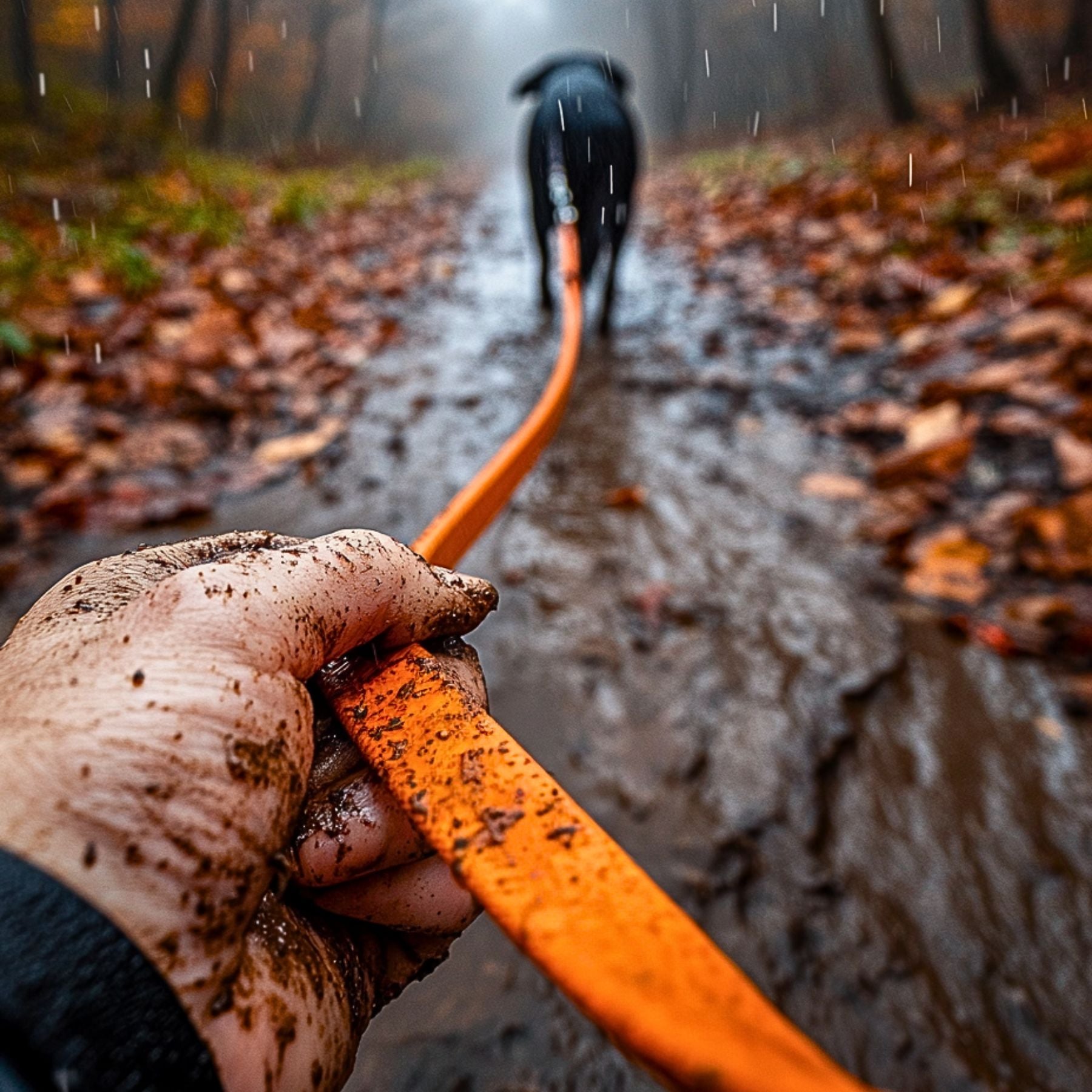
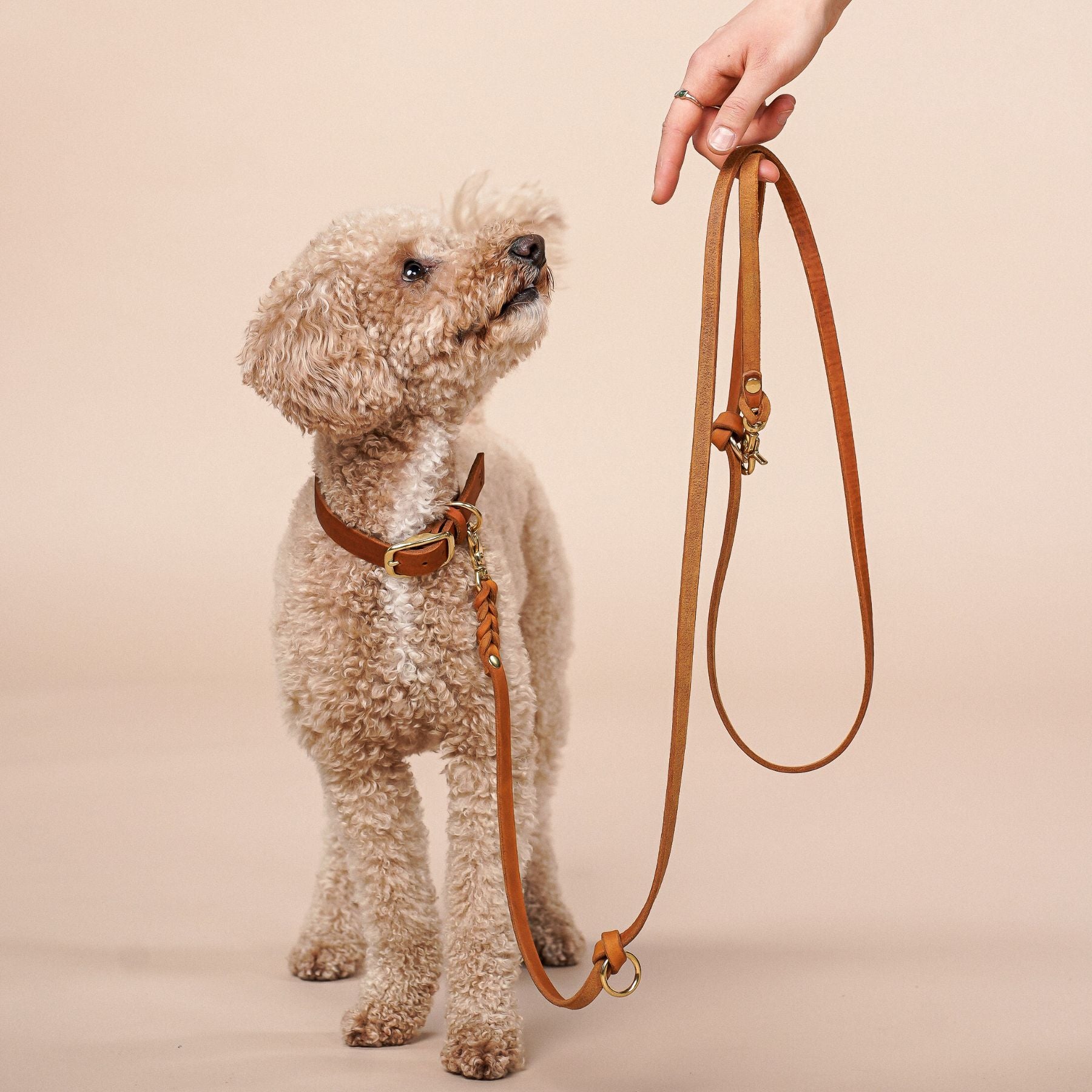
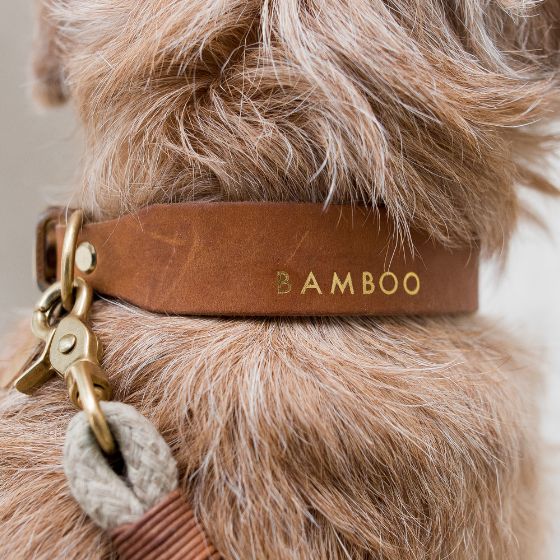
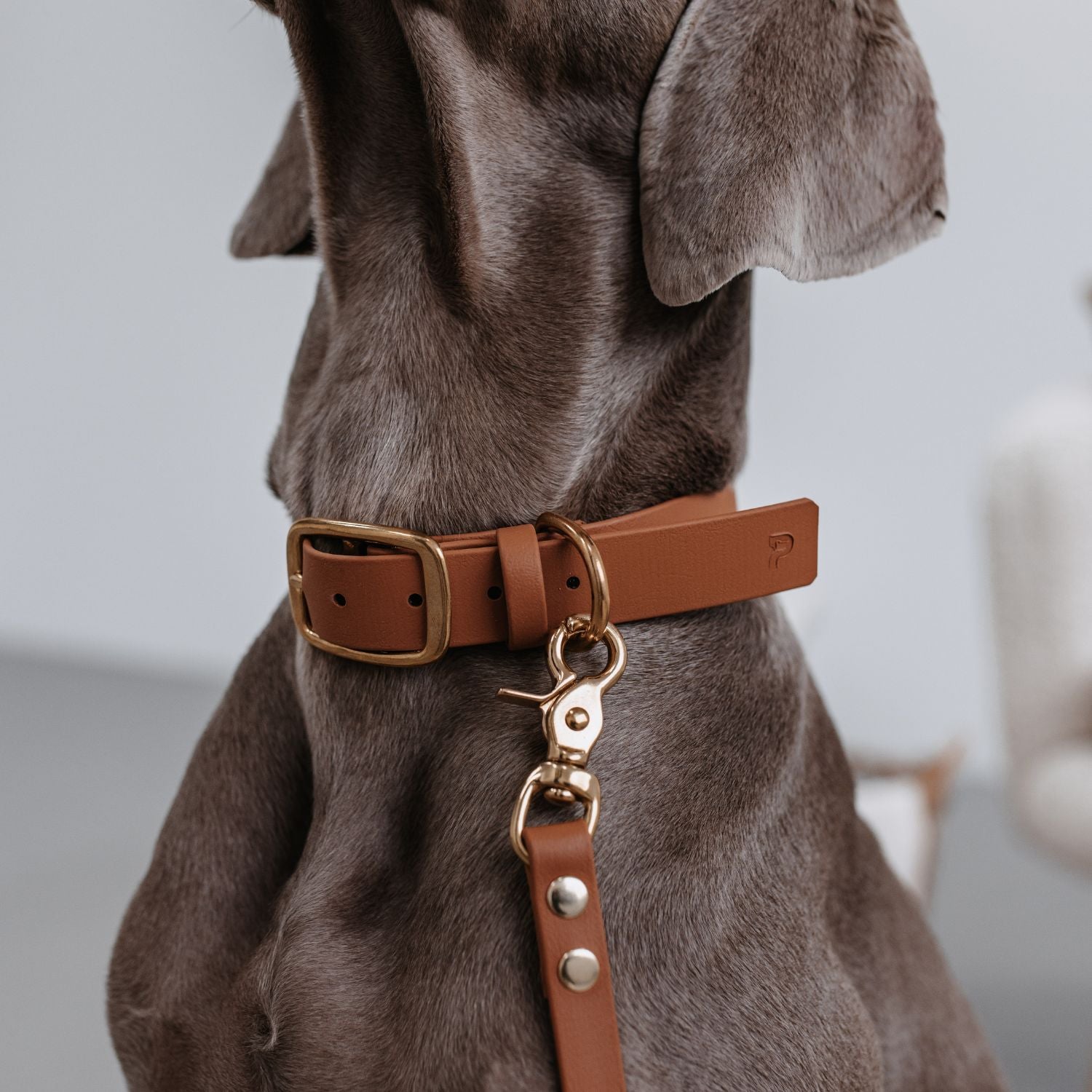
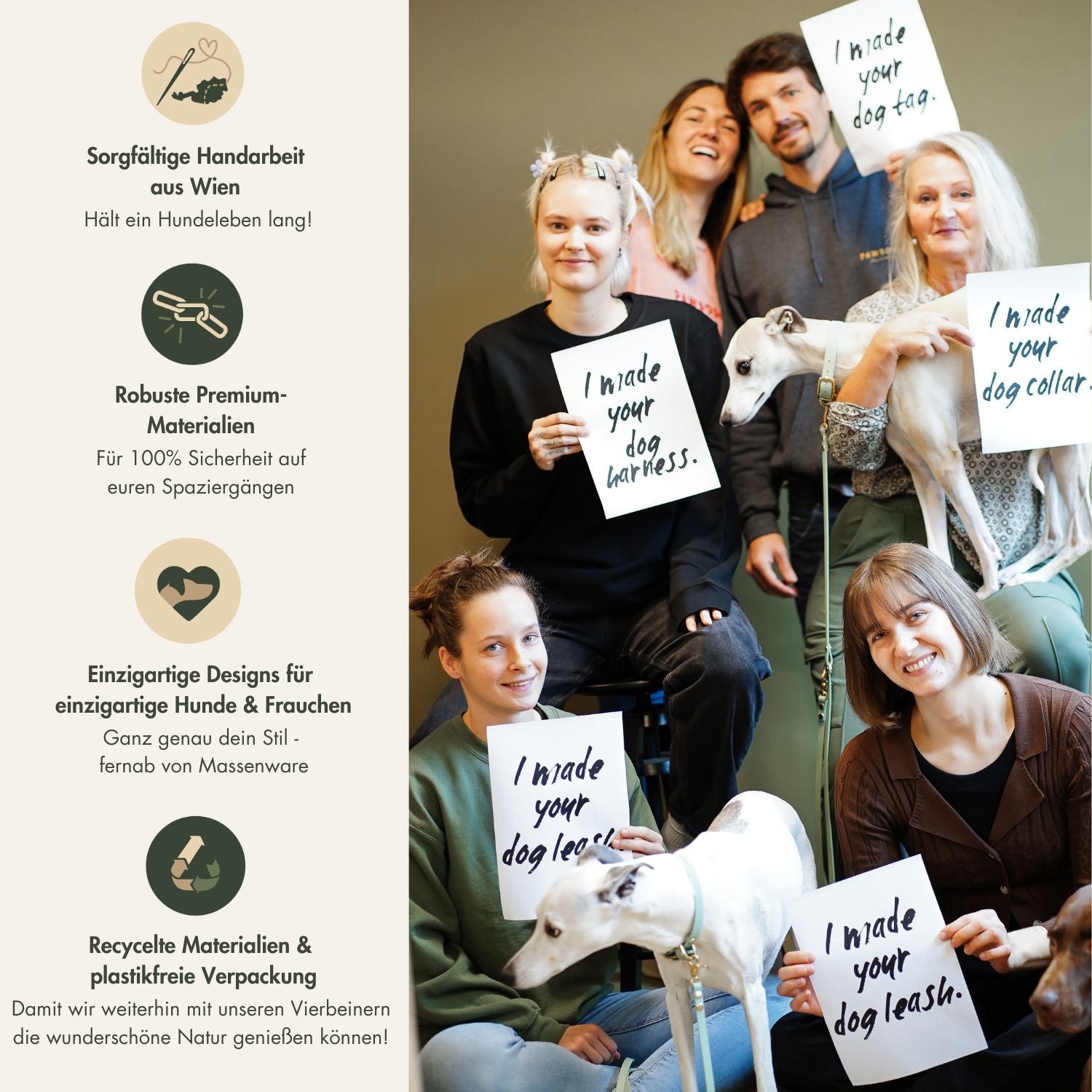
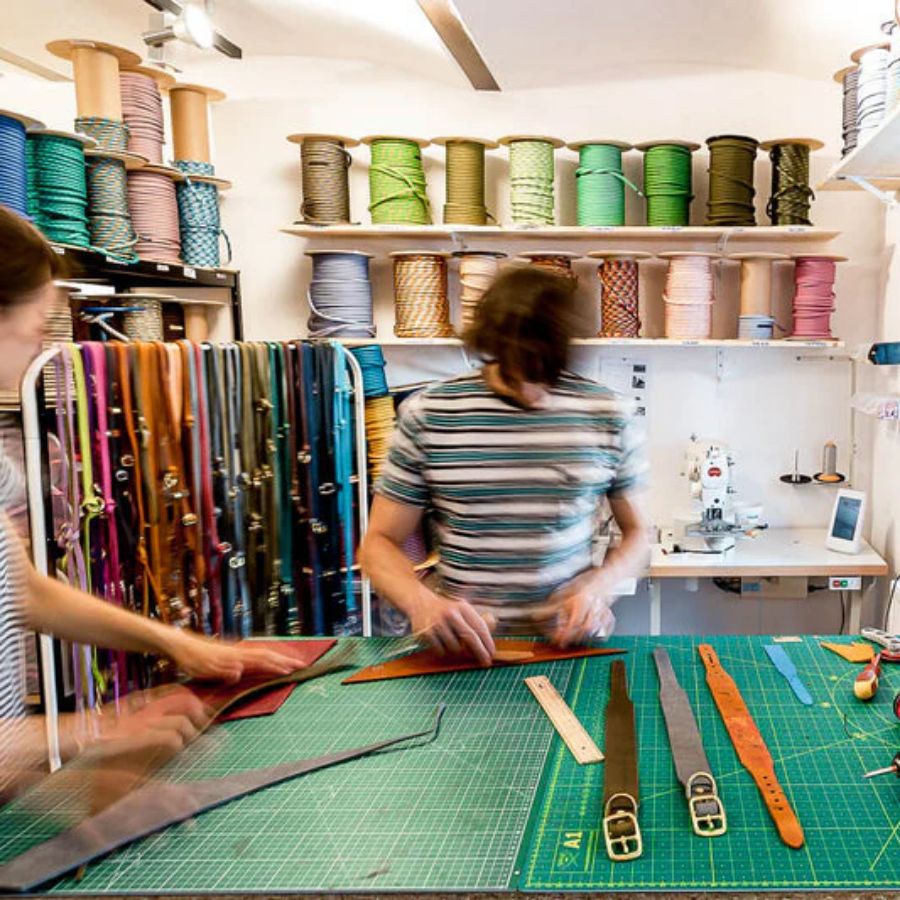
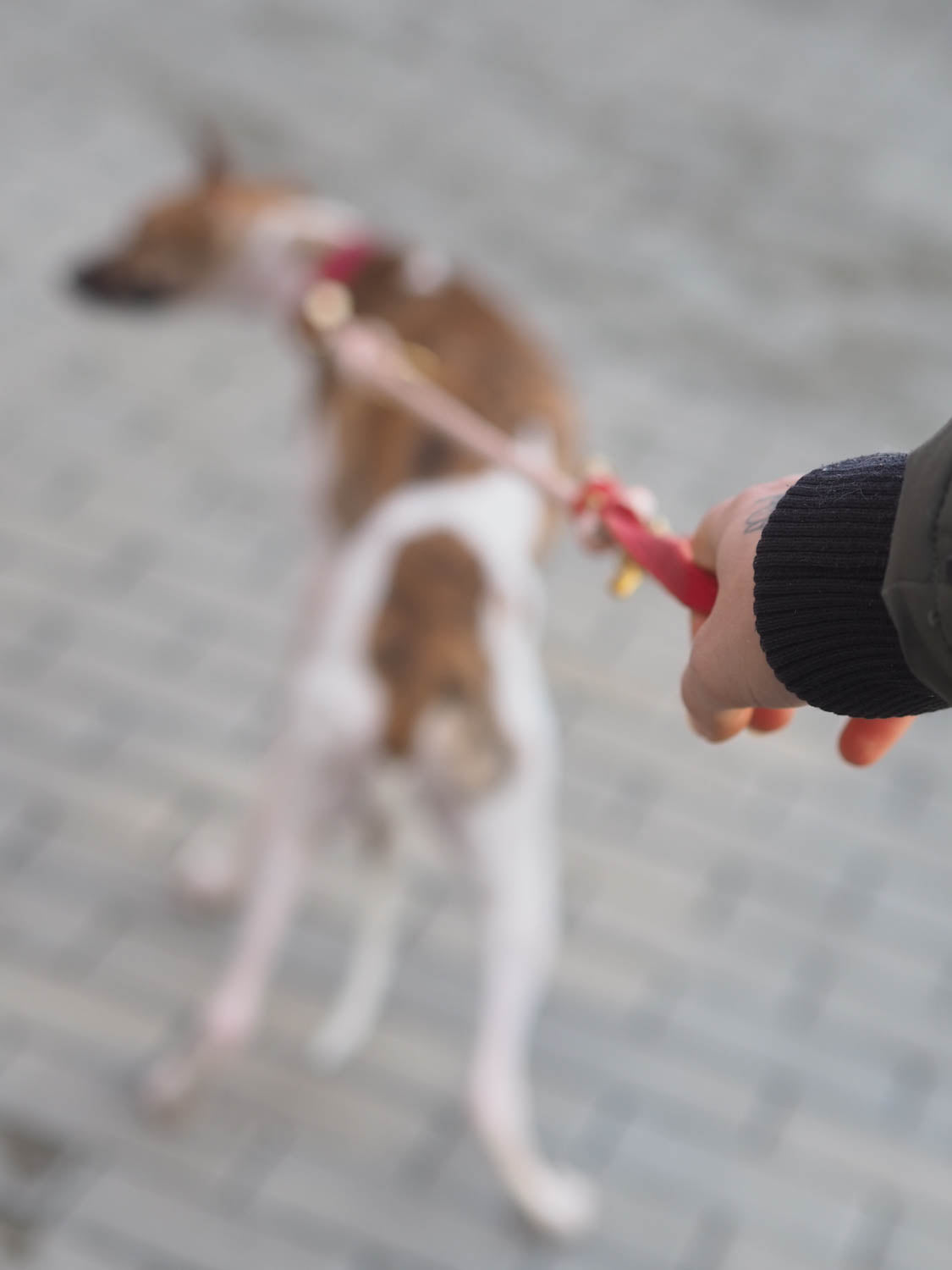
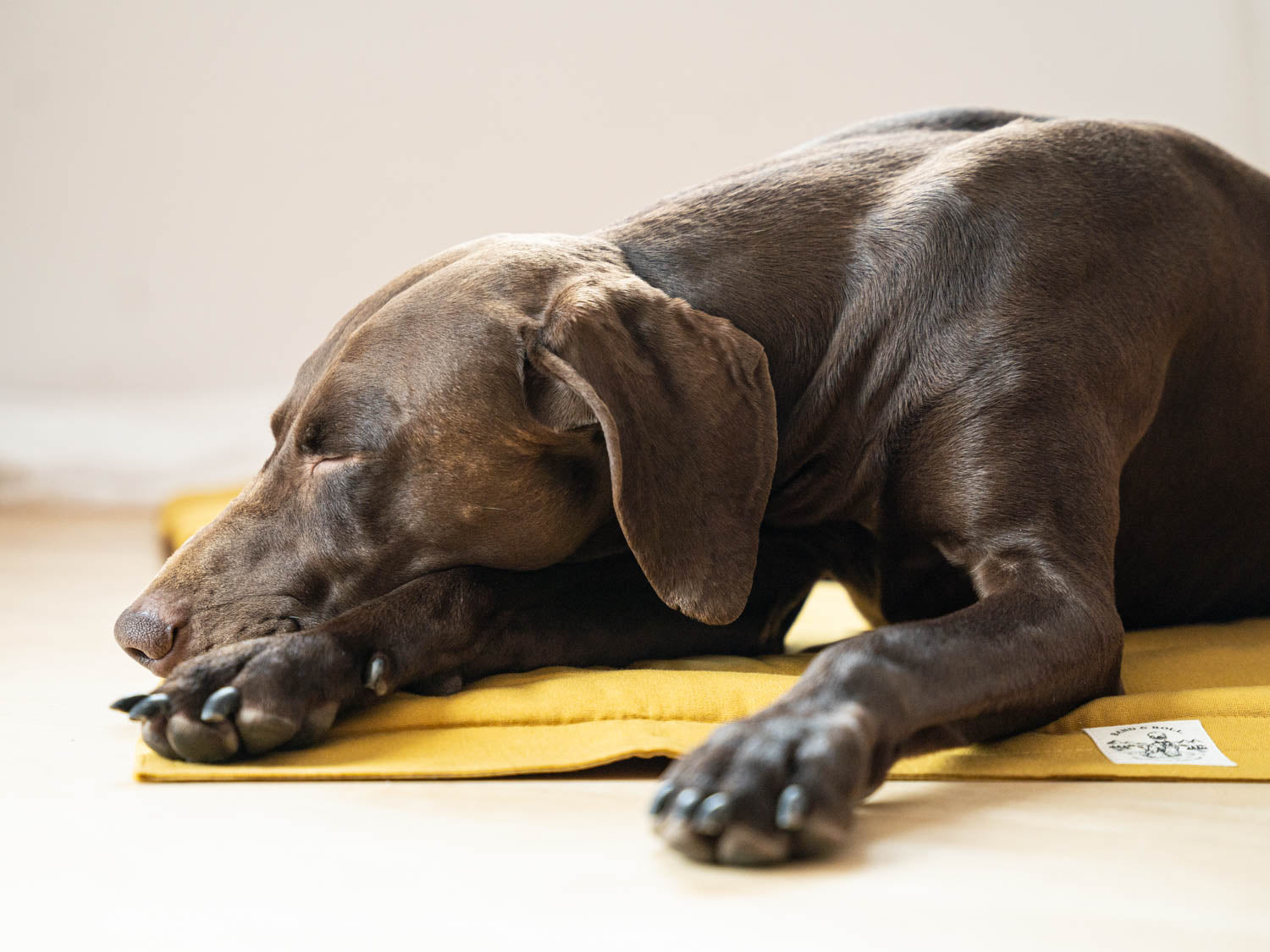
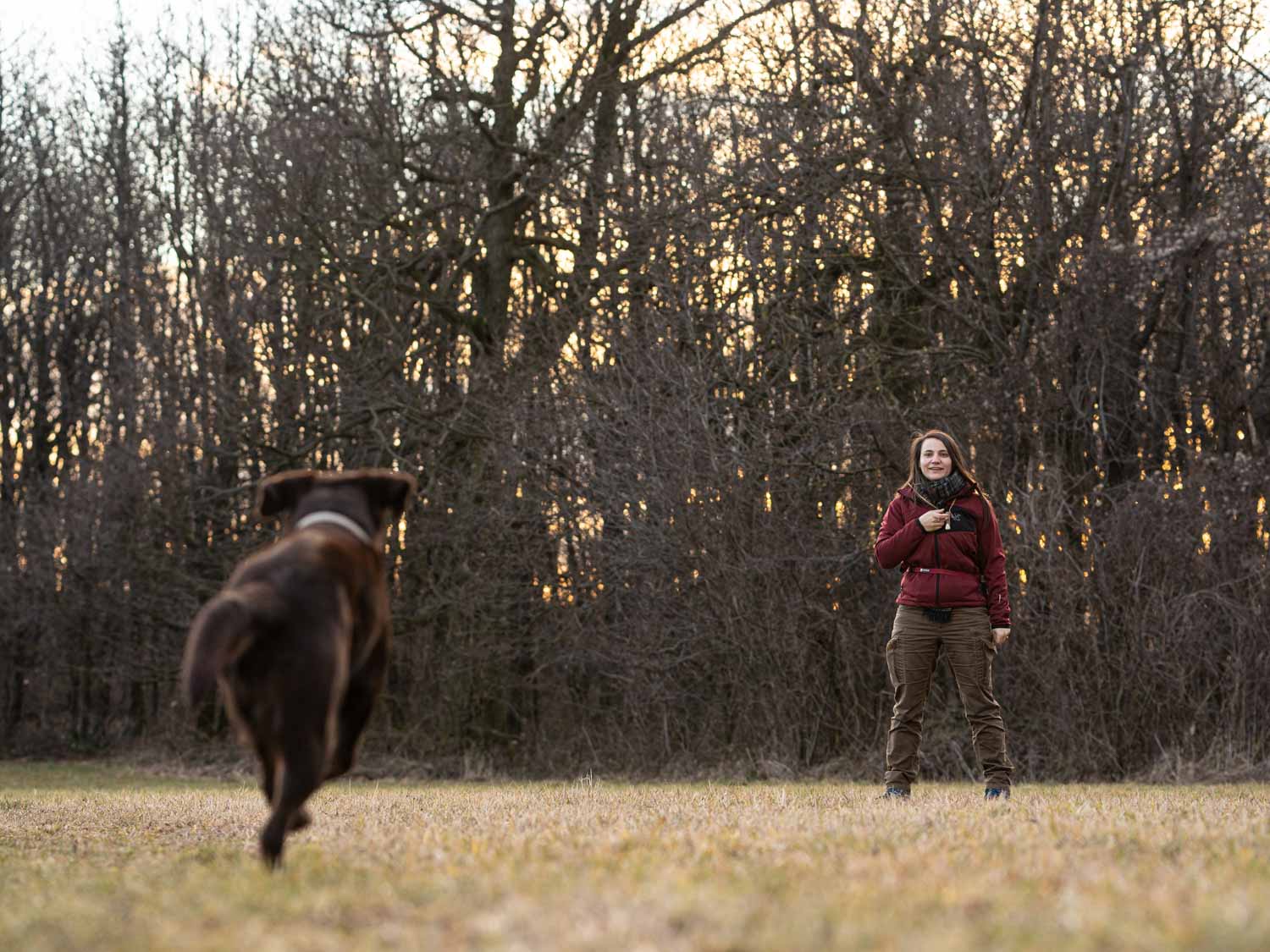
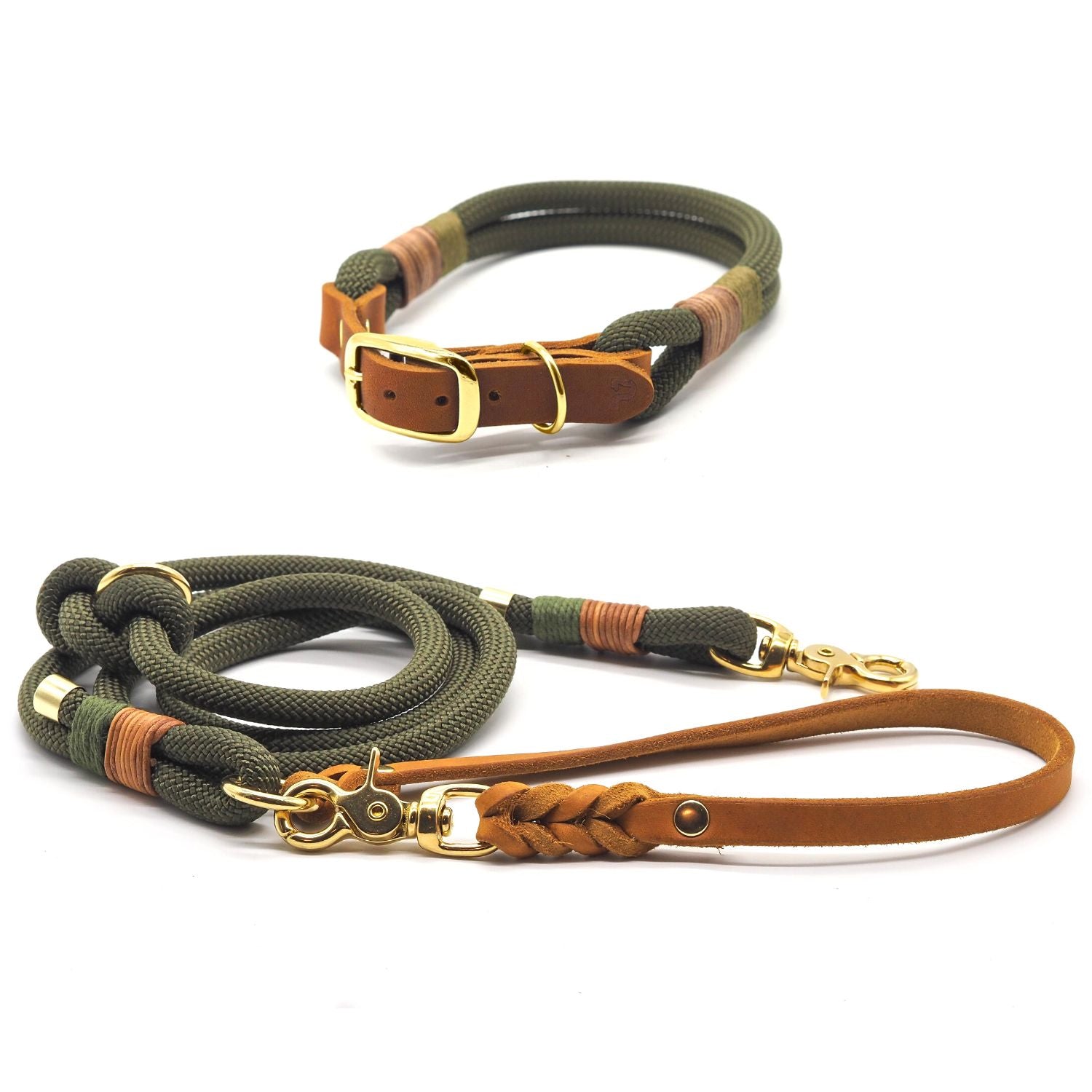

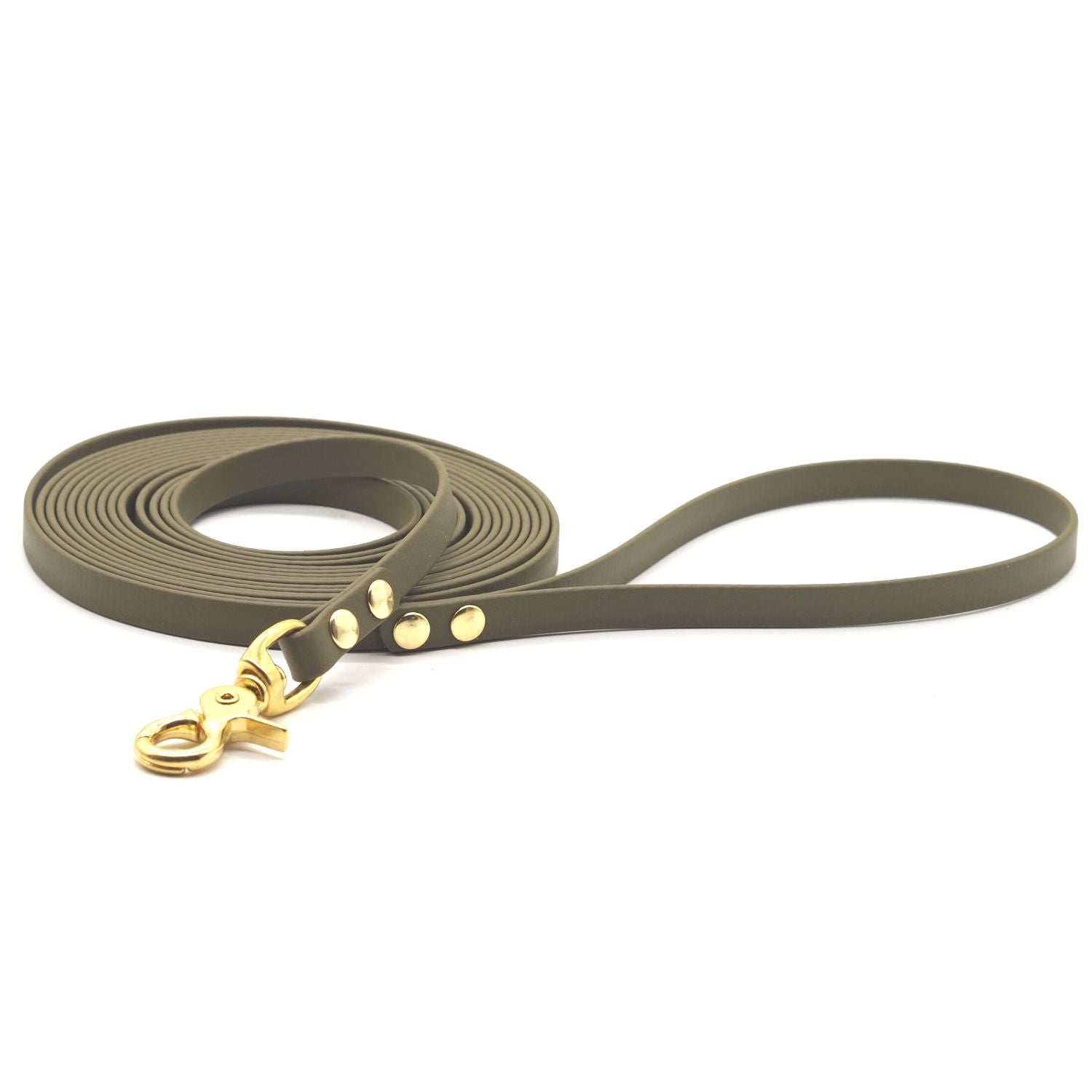


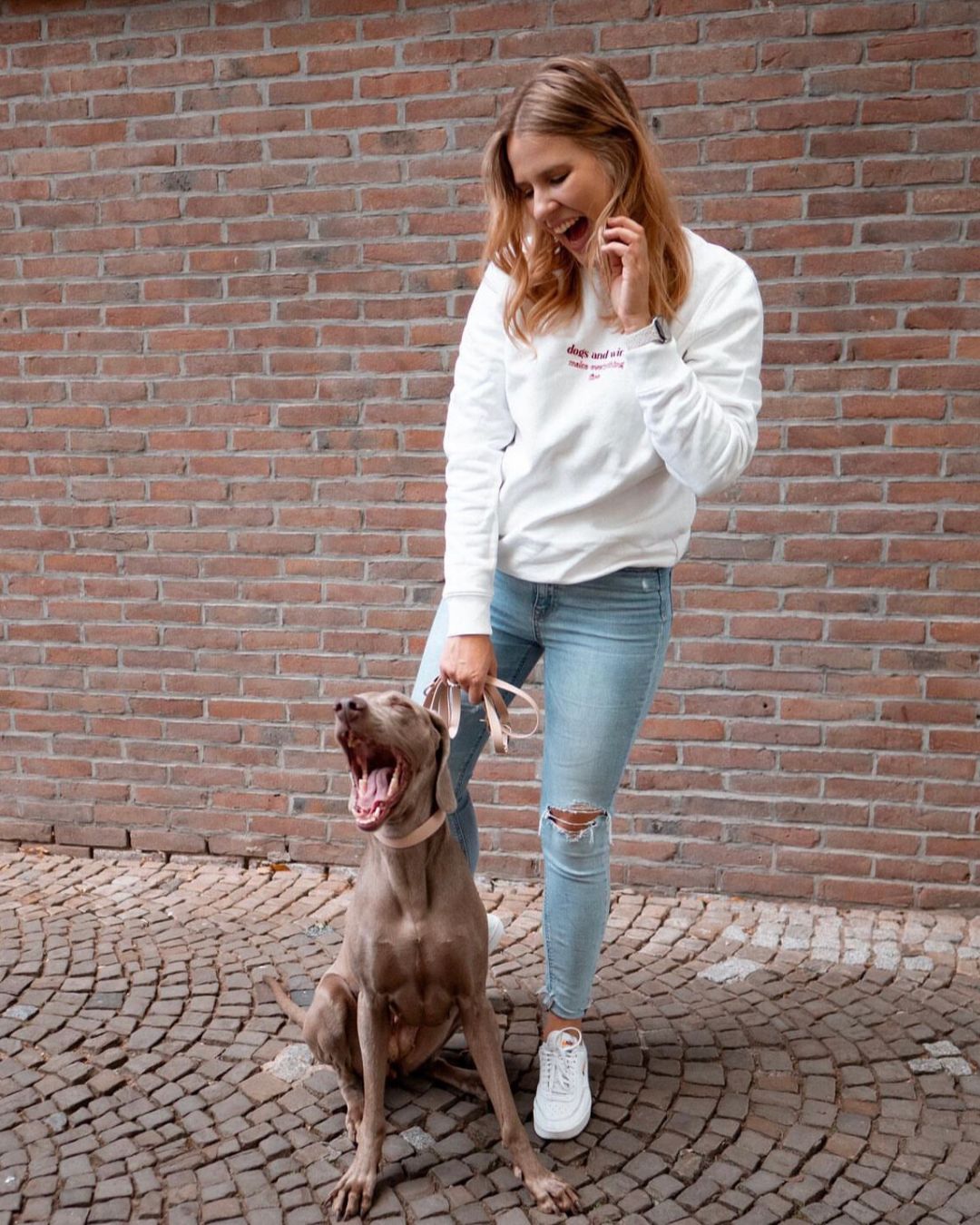
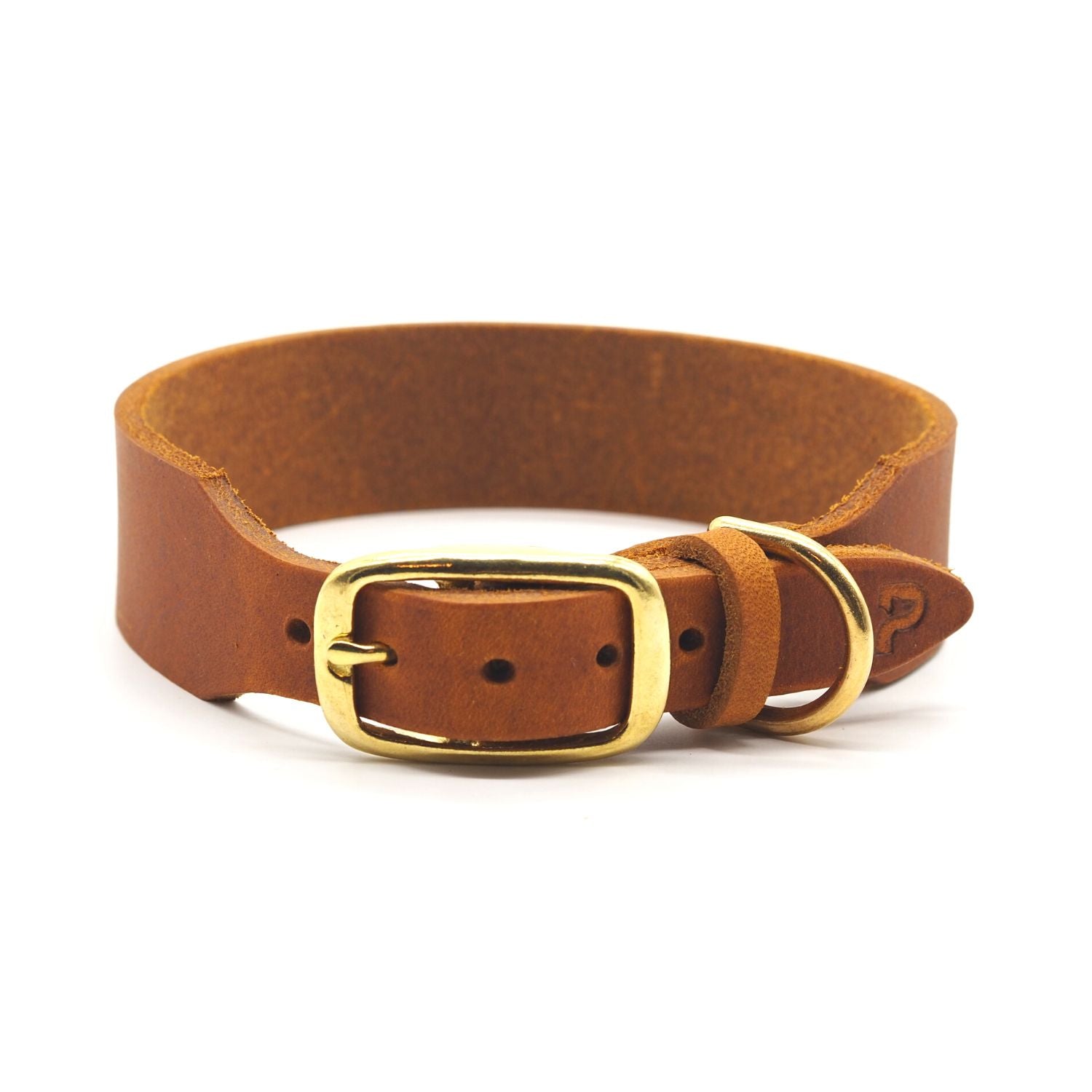
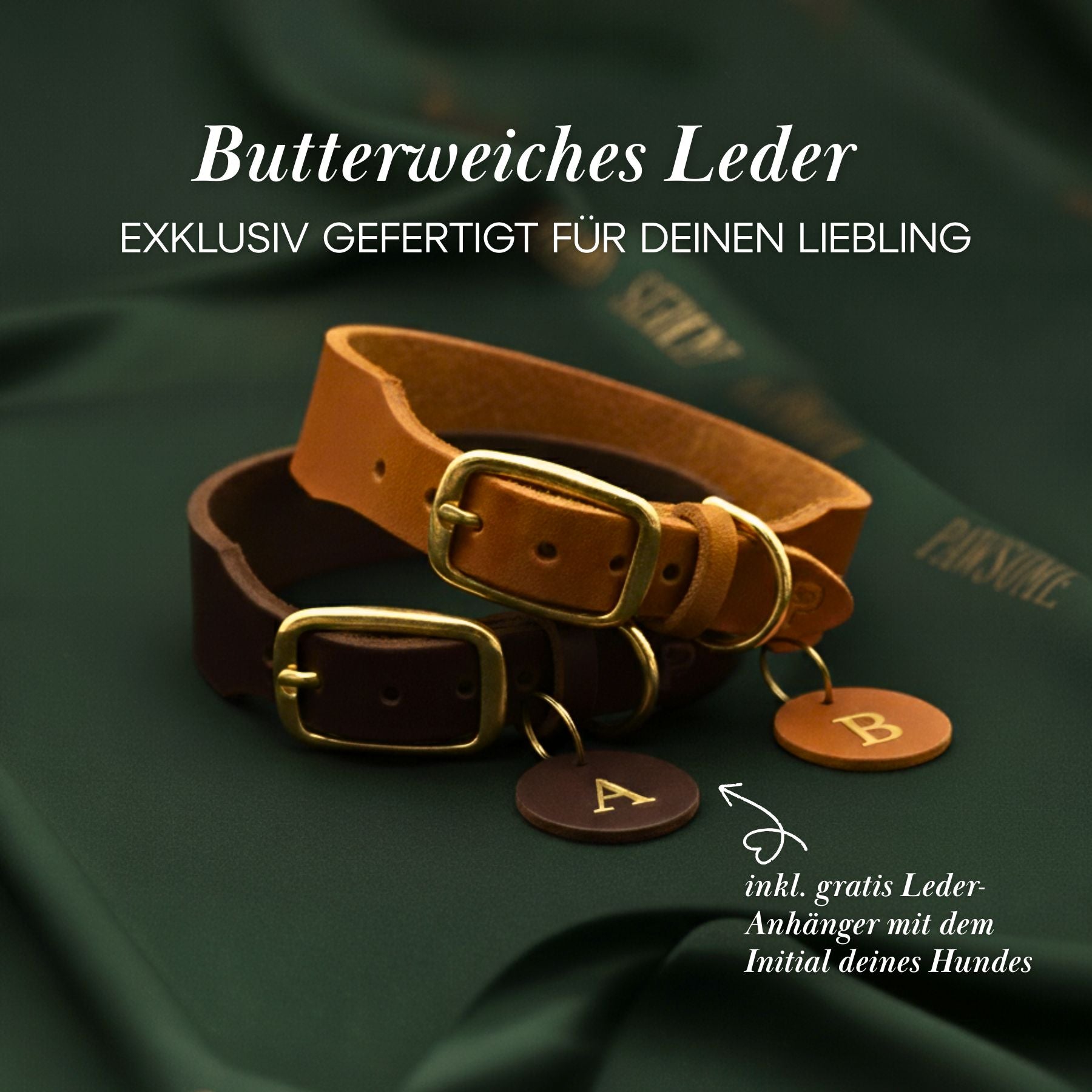
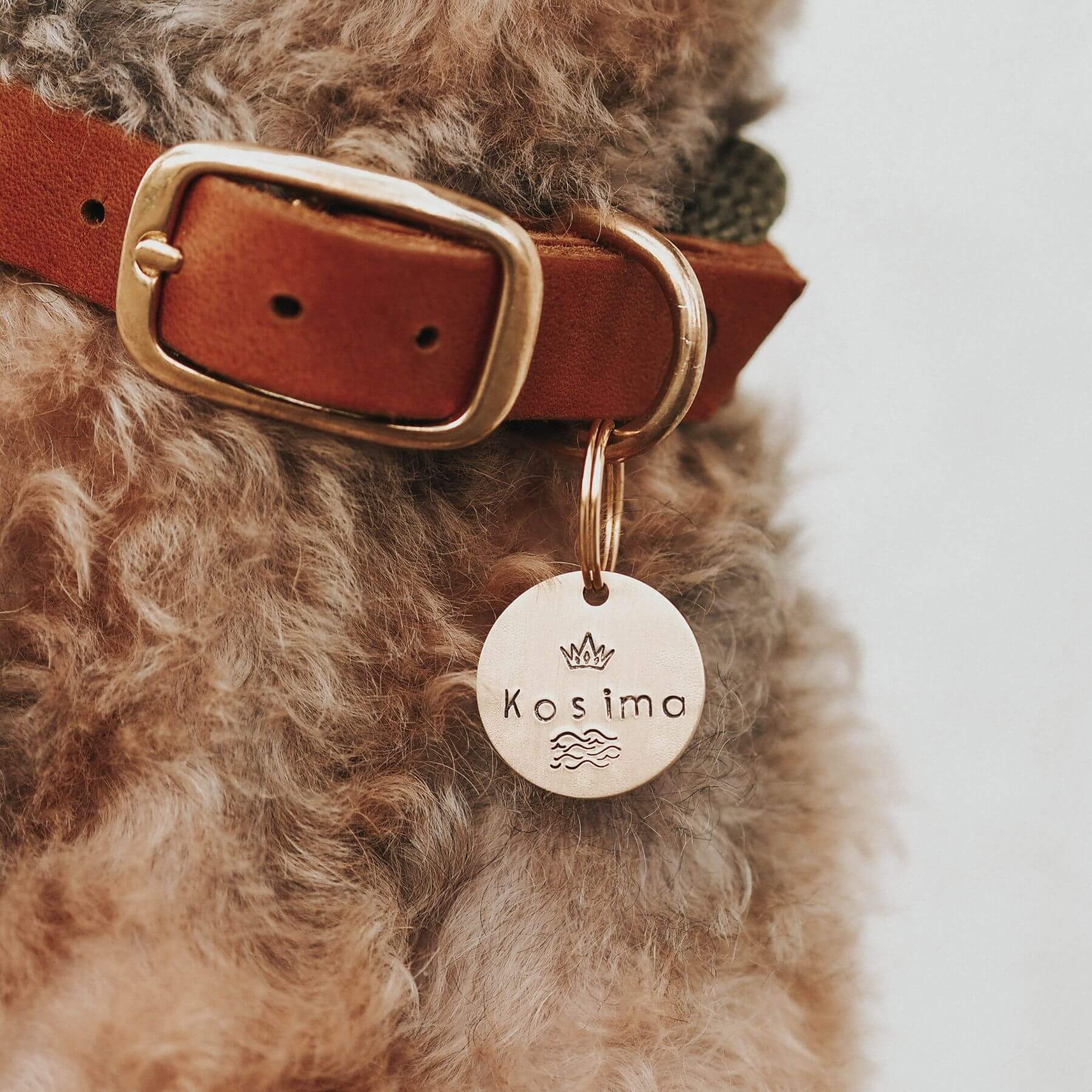
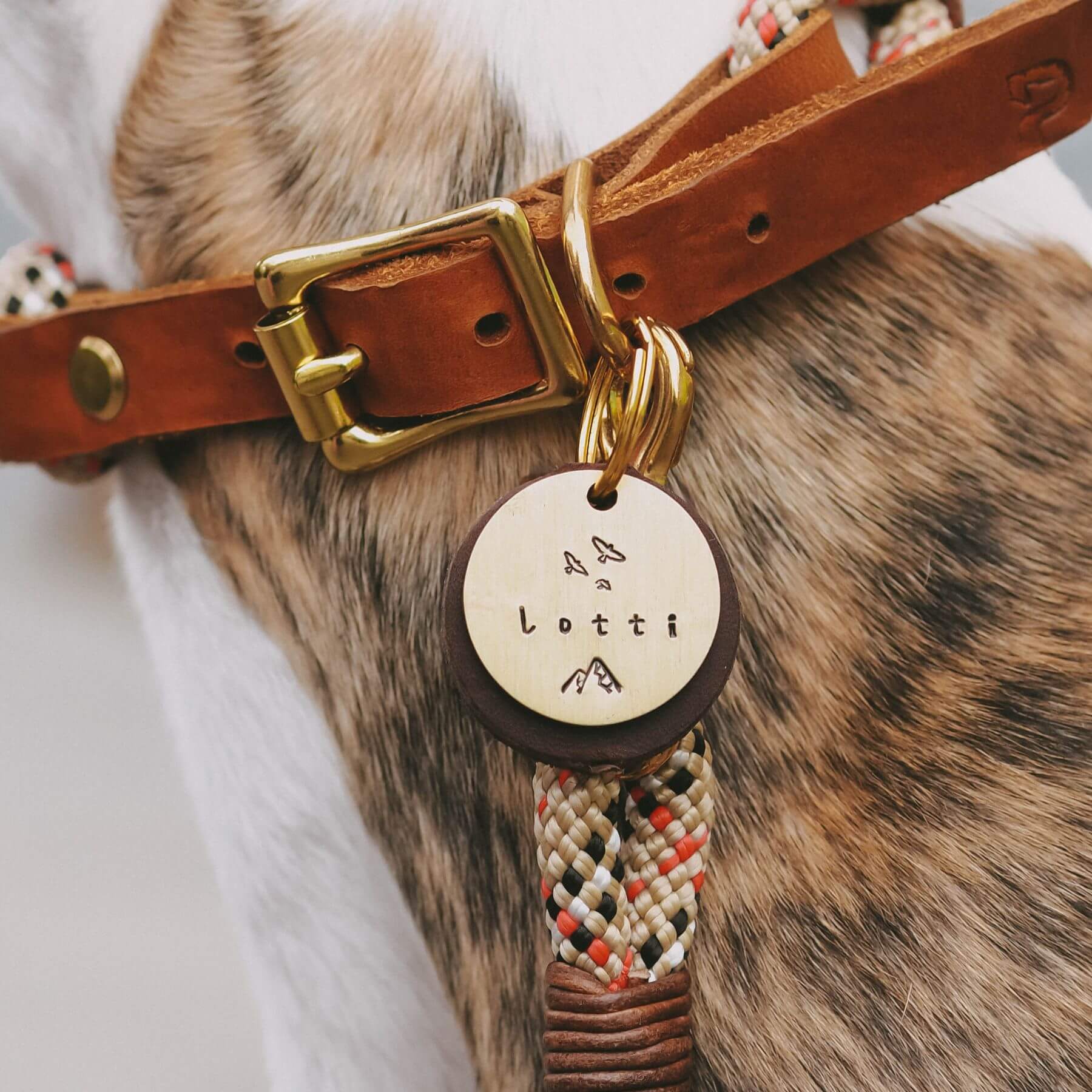




Leave a comment
All comments are moderated before being published.
This site is protected by hCaptcha and the hCaptcha Privacy Policy and Terms of Service apply.